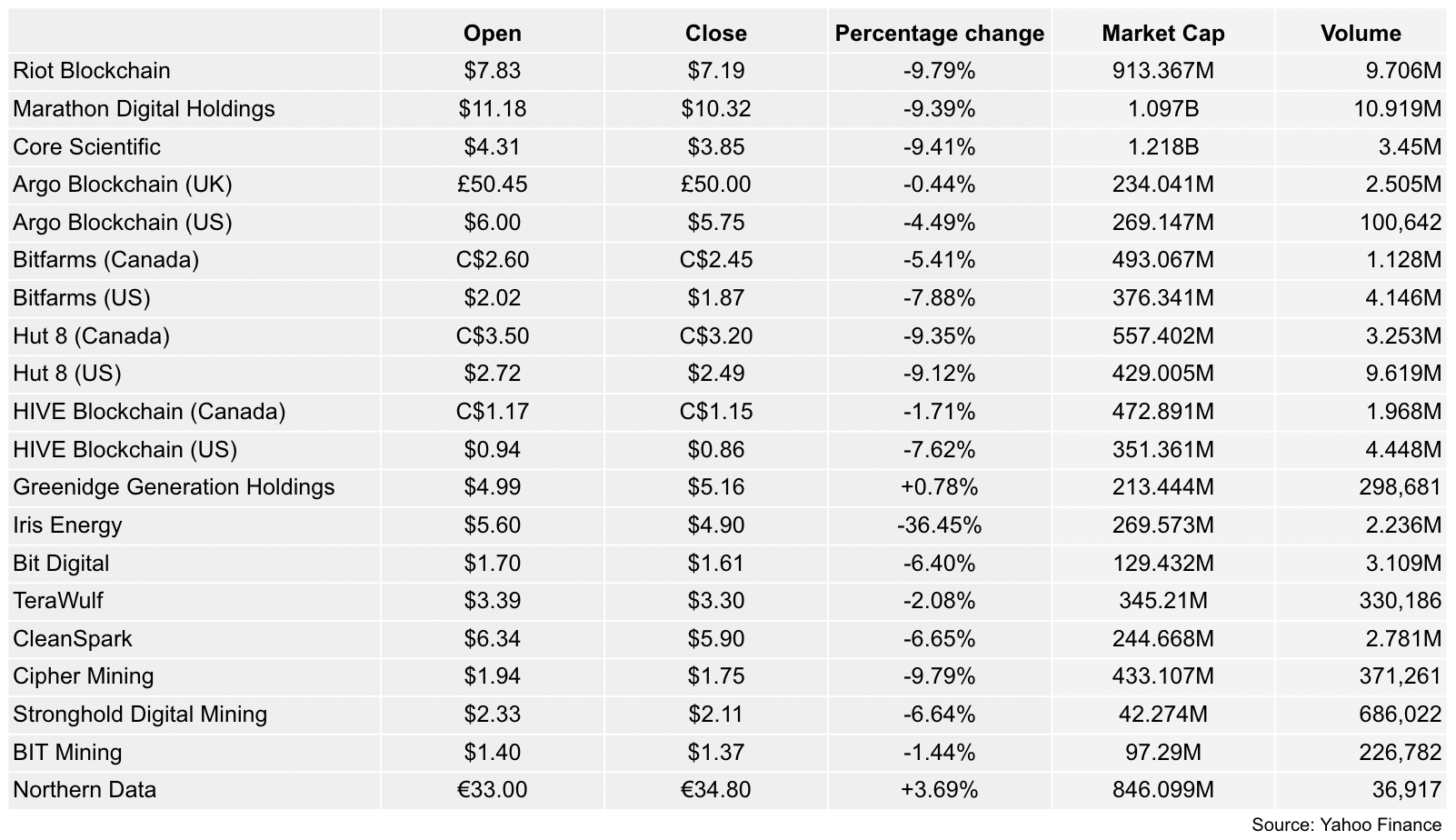Cryptocurrency exchange Coinbase has reined in a plan to triple its headcount this year in response to turbulent market conditions.
Emilie Choi, Coinbase’s president and chief operating officer, said in a blog post on Tuesday that the firm would be slowing hiring to “reprioritize our hiring needs against our highest-priority business goals.” The note had been circulated among staff earlier.
“Heading into this year, we planned to triple the size of the company. Given current market conditions, we feel it’s prudent to slow hiring and reassess our headcount needs against our highest-priority business goals,” she said. “Headcount growth is a key input to our financial model, and this is an important action to ensure we manage our business to the scenarios we planned for, specifically the potential adjusted Ebitda we are aiming to manage to.”
The news comes with crypto markets in turmoil following last week’s spectacular collapse of TerraUSD (UST), the crypto industry’s third-largest stablecoin. Major cryptocurrencies across the board are down, with bitcoin dropping below $30,000 last week for the first time this year.
Shares in Coinbase — which went public via a direct listing last year — have also taken a beating, dropping to new lows last week after its earnings report for the first quarter underwhelmed. The stock closed at $61.70 on Monday, an 80% slide from its first day as a public company in April 2021.
In her note, Choi said that “now is the time to ensure we are fully integrating all recent hires — so we can ensure that they are successful at Coinbase.”
“Big picture: We know this is a confusing time and that market downturns can feel scary. But as we said at last week’s Town Hall, we plan for all market scenarios, and now we are starting to put some of those plans into practice,” she continued. “We’re in a strong position — we have a solid balance sheet and we’ve been through several market downturns before, and we’ve emerged stronger every time.”
© 2022 The Block Crypto, Inc. All Rights Reserved. This article is provided for informational purposes only. It is not offered or intended to be used as legal, tax, investment, financial, or other advice.
Go to Source
Author: Ryan Weeks

